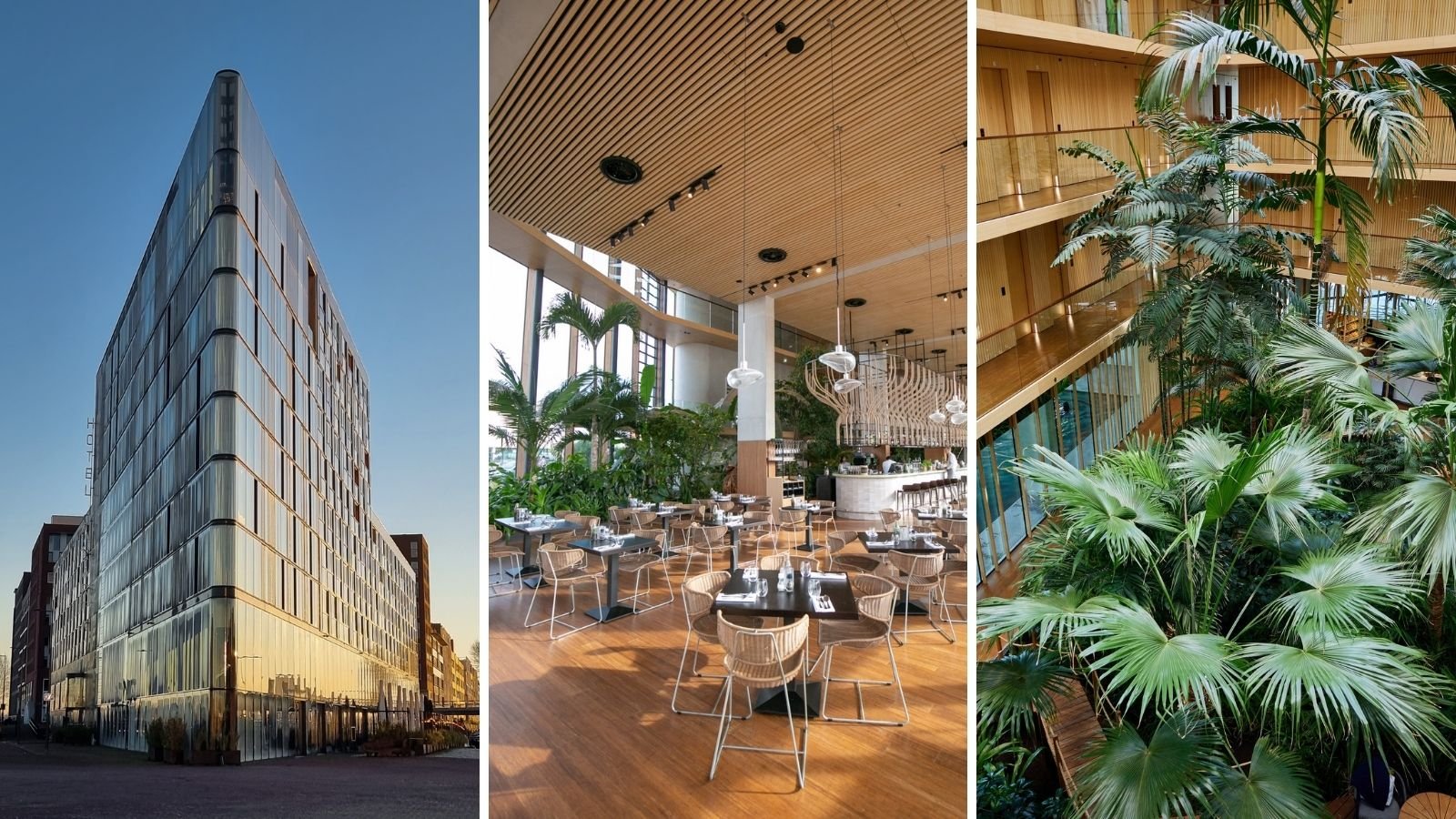Plantar fasciitis can be a real pain in the foot. Reduced mobility, interruptions of your plans, and intense pain can take the fun out of any activity. And with 1 in 10 people suffering from plantar fasciitis, it’s a widespread issue. Reason more to take prevention measures against it. But if you’re reading this, chances are you’re already dealing with that sharp pain in your arches. And the problem with plantar fasciitis is that it comes and goes. One moment you feel fine, the next you’re doubled over in pain. So how do you know if it’s actually getting better or worse?
We wrote this article to give you the answer to that question. We’ll take you through the 8 biggest indicators that your plantar fasciitis is finally improving. And we’ll follow up with some tips on preventing it from coming back. So let’s get to it and step up your healing process:

Signs that your plantar fasciitis is getting better
Plantar fasciitis is a common ailment that often sneaks up on individuals, especially those with an active lifestyle or those who are on their feet a lot. This condition is characterized by a sharp, stabbing pain in the heel, which is typically more pronounced with the first steps in the morning or after a period of rest. The culprit? The plantar fascia—a thick band of tissue running across the bottom of the foot, connecting the heel bone to the toes. When this tissue becomes inflamed due to excessive stress or tension, it can cause discomfort and affect mobility. Factors such as improper footwear, obesity, or a tight Achilles tendon can contribute to the development of plantar fasciitis.
Luckily, plantar fasciitis is very treatable. The good news is that it usually improves with time if you give your feet a rest. But the bad news, is that it can take 6–18 months before it’s completely gone. However, with the right preventative measures, you can make sure it stays gone and speed up the recovery process. But before we discuss how to prevent it the next time, here are some signs you’ve begun to heal from this bout of plantar fasciitis.
#1 You have less pain.
A decrease in pain is often the first sigh of relief if you’re on the mend from plantar fasciitis. As the inflammation subsides and the plantar fascia begins to heal, the sharp, stabbing heel pain slowly starts ebbing away. So if you find that your feet are hurting less, you’re on the right path.
Source: Healthline
#2 You move better.
As healing progresses, you might find it easier to move around without discomfort. Improved mobility is a tangible sign of progress, allowing for a gradual return to normal daily activities. So if you find you can move, keep doing it. But make sure to gradually work up, so you don’t make the problem worse.
Source: WebMD
#3 Your feet feel less stiff in the morning.
A common symptom of plantar fasciitis is stiffness in the foot, especially during the morning. As the condition improves, this morning stiffness tends to decrease, making those first steps out of bed less painful. This reduction in stiffness is a positive sign that the plantar fascia is healing.
Source: Mayo Clinic
#4 Your arches feel supported.
With the easing of plantar fasciitis symptoms, the arch of the foot often feels more supported. This might be due to a combination of natural improvement, improved footwear, and strengthening exercises which contribute to better arch support.
Source: Medical News Today
#5 Your feet are less swollen.
Reduced inflammation is a significant marker of progress. As the swelling decreases, so does the pain and discomfort associated with plantar fasciitis. This is usually the result of adhering to a treatment plan that may include rest, ice, and anti-inflammatory medications.
Source: Medical News Today
#6 You feel comfortable for longer periods of time.
Being able to stand or walk for extended periods without experiencing pain is a good sign of recovery. As time goes on, you should notice longer periods of comfort, which means your plantar fascia is becoming more resilient.
Source: OrthoInfo
#7 You find it easier to exercise.
Exercise and physical activity become less painful as the symptoms of plantar fasciitis diminish. This is not only a good sign but also an encouragement for individuals to maintain a healthy, active lifestyle which is beneficial for overall foot health
Source: Verywell Health
#8 Your doctor confirms it.
This one might sound obvious, but you’d be surprised how many people never go see a doctor. A physical examination, can be a reassuring indicator that the treatment for plantar fasciitis is effective and progress is being made.
If you’re noticing these signs, it’s a good indication that your plantar fasciitis is getting better. It’s important, though, to keep up with your treatment until the problem is completely gone.

Why Do Cork Insoles Prevent Plantar Fasciitis?
Cork insoles are an incredible preventative measure against plantar fasciitis. Cork is natural and gives your body the support it needs. Here’s why people with plantar fasciitis often turn towards cork insoles for relief:
Shock Absorption
The cellular structure of cork consists of millions of tiny air-filled compartments, which act as natural shock absorbers. This is called a “honeycomb structure” because bees also use this design to make their hives. Cork cushions most of the impact of walking and distributes the remainder evenly across the foot. That way, your plantar fascia doesn’t have to bear the entire load.
Arch Support
By offering a customized fit to the foot, cork insoles play a pivotal role in providing arch support, which reduces heel pain associated with this condition. The natural give and resilience of cork allows it to mold to the shape of your foot. This not only helps in distributing the weight evenly across the foot but also reduces the strain on the plantar fascia.
Moisture Control
Cork is also known for its moisture-wicking properties. It can absorb and release moisture, keeping the feet dry and preventing the growth of bacteria and fungi. This makes cork insoles a great choice if you struggle with foot odor or excessive sweating. And even if you don’t suffer from them, the feeling of allowing your feet to breathe is unmatched.
Durability and Longevity
Unlike foam or gel, cork retains its shape and does not flatten over time, providing long-lasting support. It is also lightweight, making it comfortable to wear for extended periods. And the best thing about cork is that it is extremely environmentally friendly. Primal Soles even makes the only insole in the world that is EU certified as 100% recyclable. So even when you need to replace your insole, you won’t harm the planet.

More Tips to Prevent Plantar Fasciitis
Proper Footwear
Selecting the correct footwear is important for your feet because it gives them the necessary support and alignment, which, in turn, minimizes stress on the plantar fascia.
Regular Exercise and Stretching
Exercising and stretching targets the feet and calf muscles. Especially exercises like towel stretches and calf raises, can significantly alleviate plantar fasciitis symptoms by promoting flexibility and strength.
Weight Management
Maintaining a healthy weight reduces undue stress on the plantar fascia, contributing to a decrease in pain and inflammation associated with plantar fasciitis.
Avoid Overexertion
It's crucial to find a balance in activities, refraining from overexertion that could exacerbate foot pain. Moderation is key, allowing time for the feet to rest and recover post-exercise.
Source:
So to conclude, watch these 8 signs that your plantar fasciitis is improving, and you’ll be back on your feet in no time. And to make sure you don’t end up in the same situation again, try wearing Primal Soles!
When you buy Primal Soles, you buy the only 100% recyclable cork insoles in the market in full accordance with EU regulations. The entire production process is CO2 negative. And we have a program in place that makes recycling them effortless for you. Because over time and after lots of walking, your insoles will wear out. But we’ll always be there, at the end of the path, to give your feet the support they deserve.
So why not try Primal Soles. We make insoles for low arches and insoles for high arches. Or try our brand-new line, with a design based entirely off the feedback of thousands of users. Primal Clouds —because they feel like walking on clouds.
Support nature. And let nature support you.




